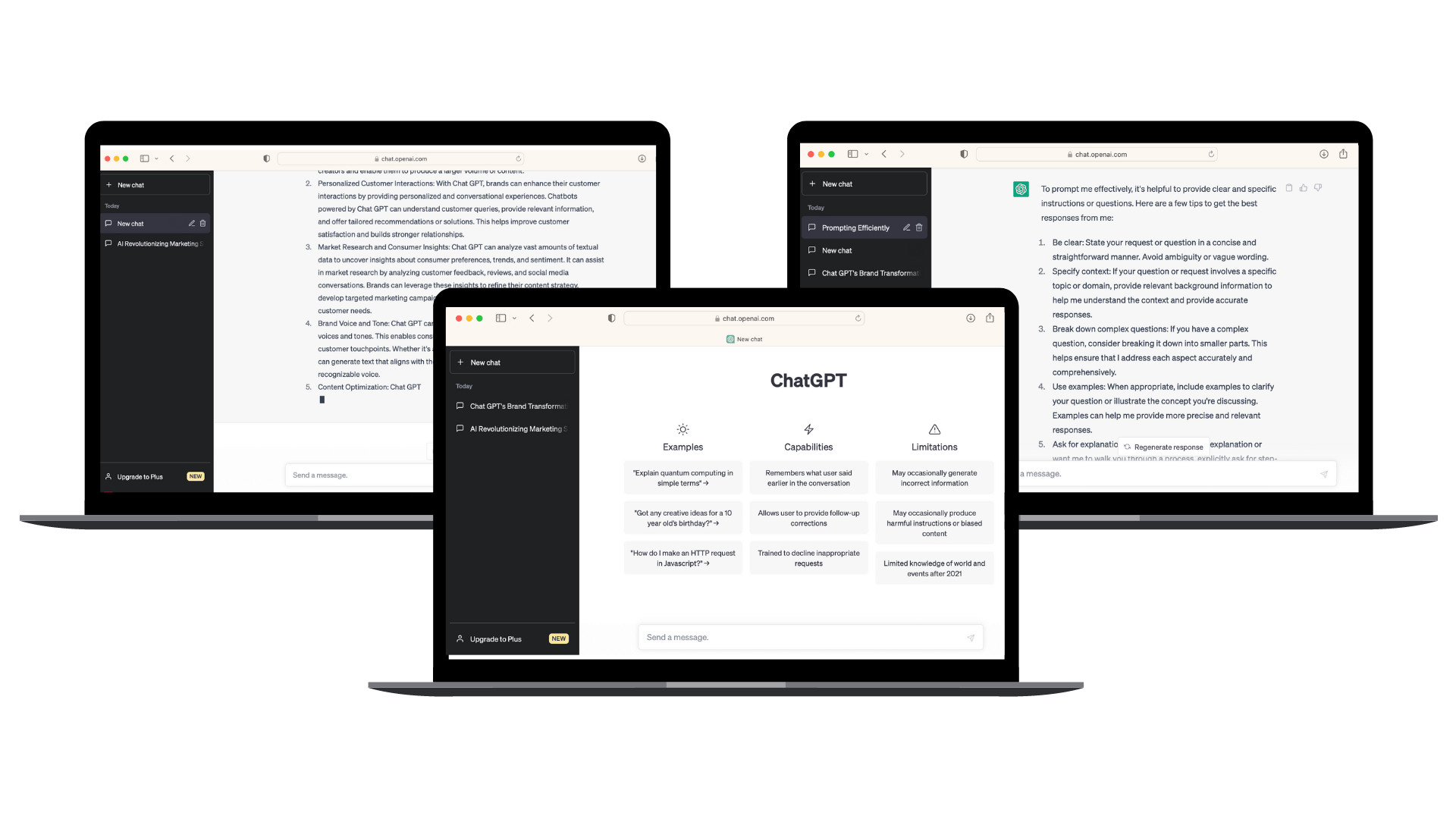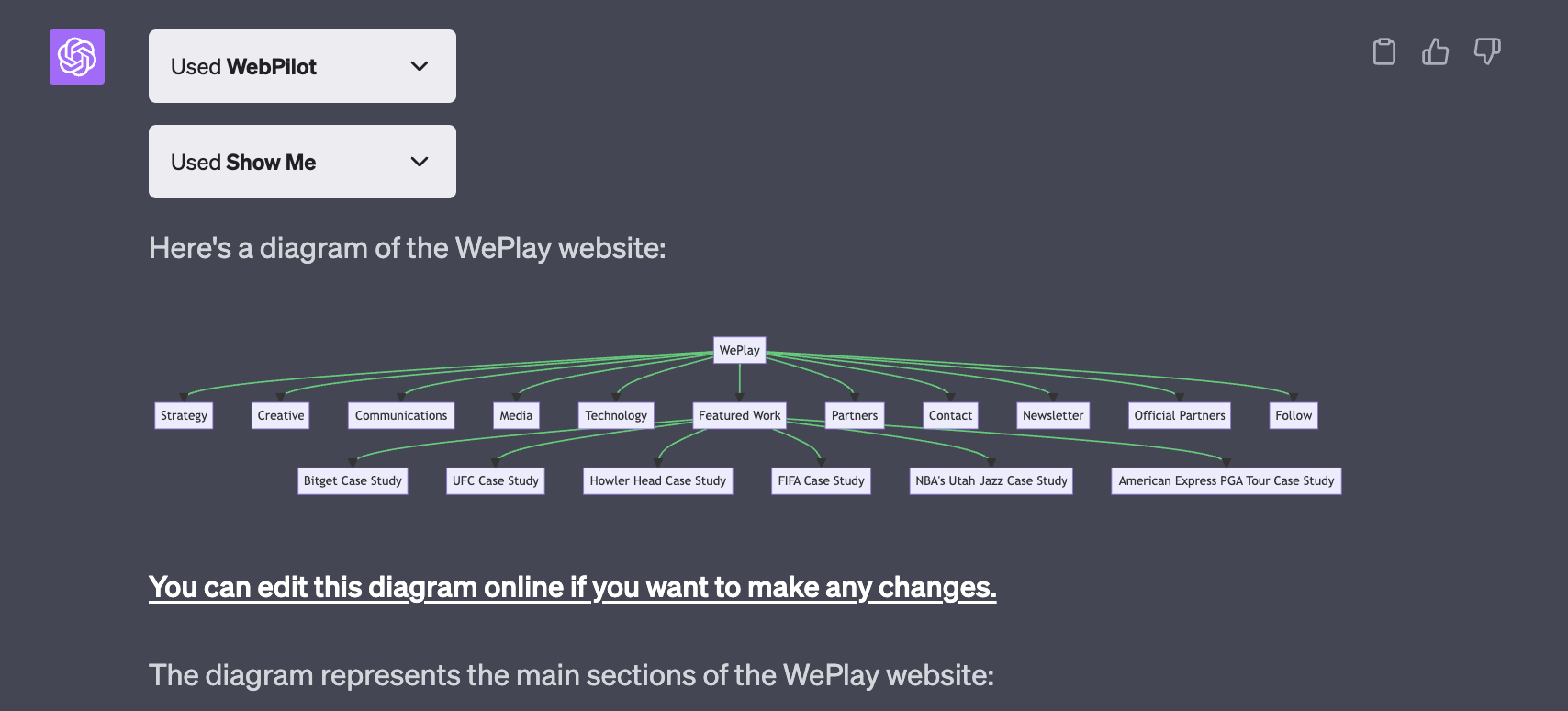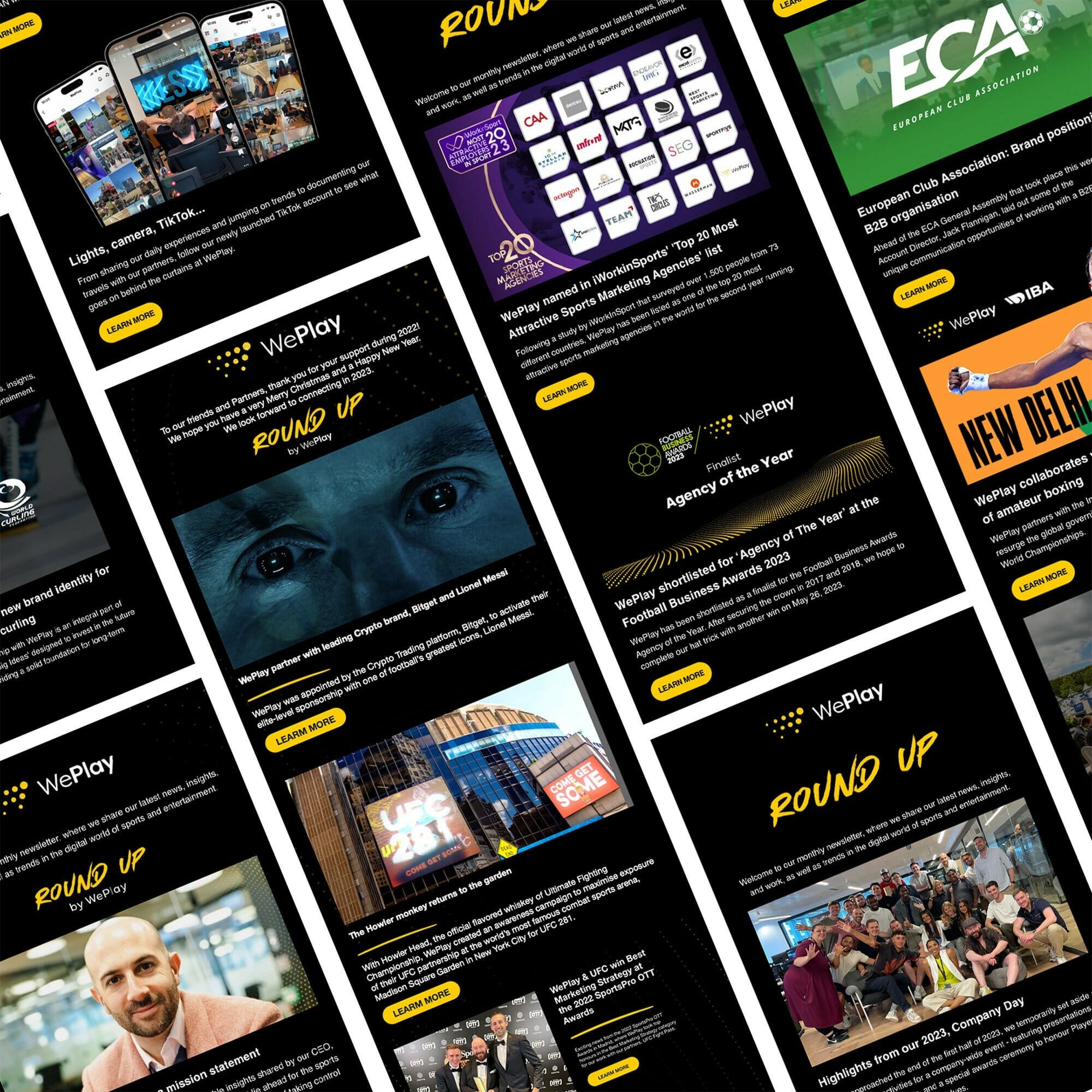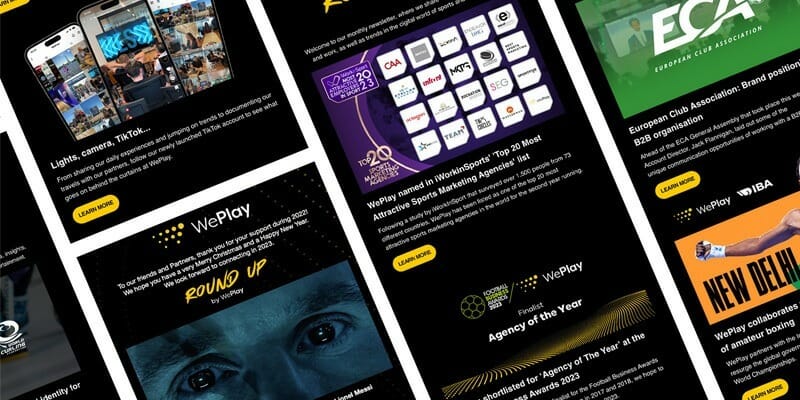
Language model AI: the revolutionary potential in marketing strategies
The sports marketing industry is incredibly competitive, with brands constantly battling for the attention of fans across various platforms.
While the race for attention is at an all-time high, opportunities also abound.
Applying growth marketing strategies is becoming increasingly crucial for capturing attention, delivering precise messaging, and achieving success.
AI Large Language Models (LLMs) are revolutionising this sector by enhancing messaging, branding, and content creation, leading to improved conversion rates, engagement and enhanced marketing strategies.
Among these, ChatGPT has taken the spotlight as a widely used options and is renowned for its ability to generate human-like responses using vast pre-trained datasets.
Since the release of GPT-1 in 2018 with 117 million parameters, subsequent iterations like GPT-4 in 2023 have significantly increased the number of parameters to one trillion – resulting in improved language generation accuracy and nuance.
We’re testing Large Language Model APIs to harness their potential in enhancing our expertise and resource allocation beyond traditional AI capabilities. While we’re still exploring its full power, here’s a sneak peek of our initial discoveries.
Informing content strategies
Large Language Models, like ChatGPT, have the potential to transform content and brand strategy.
Their ability to comprehend communication styles offers an exciting opportunity to create high-quality, accurate, relevant, and engaging copy that aligns with a brand’s tone of voice, style and syntax.
Saving time and effort with increase the precision of messaging for marketing and communications teams, who’d usually manually create every piece of content and copy.
LLMs can also help maintain consistency across different channels and touchpoints, ensuring messaging is always on-brand and aligned with its overall strategy.
Media planning and personalised messaging
Successful marketing strategies rely on identifying the right channels, approach, and timing for effective audience engagement.
With our expertise, cutting-edge media planning, and specialised tools, we develop and execute strategies aligned with our partners’ goals. But Large Language Model AI can further enhance this synergy.
Crafting precise messaging that resonates with the target audience is vital for media campaigns and paid ads.
By analysing audience data and making informed adjustments to messaging, campaigns can be optimised to maximise performance and achieve results.
Leveraging Large Language Model APIs, we can automate the creation and iteration of elements like Responsive Search Ad copy in Google Ads, significantly enhancing campaign execution.
Prior to approval and human sense-checking, this ensures that we effectively resonate with target audiences at scale.
Conversion rate optimisation
Similar techniques can also be used in the lower end of the marketing funnel.
A commonly used technique is A/B testing, where different versions of the same copy are tested to determine the most effective approach for the audience.
Real-time data analysis allows marketers to examine live campaign results, identify trends, and understand why certain ads outperform others.
Large Language Models will further automate the testing process by generating multiple ad copy versions and providing insights for optimisation strategies.
Something that’s being embraced by Meta, who recently introduced their own generative AI project, ‘AI Sandbox’ which features its own text variations for ad copy.
Swift campaign adjustments and immediate application of important insights will drive higher conversion rates and achieve a greater return on investment (ROI).
SEO
In addition to these, we’ve also explored other areas, including social listening, language translation, and our Analytics and Ad Ops Lead, Louis Fry, has explored speeding up the process of building software, such as a custom Google Chrome extension for analysing website SEO.
With some understanding of JavaScript for debugging, we made a tool to check essential SEO factors like title length, meta description length, H1 and H2 tags, and the number of internal and external links. Providing us with an instant SEO score and recommendations.
This was merely a test case to understand how we might use the technology better.
And as a next step, we are particularly interested in self-hosted custom plugins that retrieve information, giving us the ability to query our own historical insight data using natural language.
Harnessing the revolution
While it is true that Large Language Models have the capacity to be a real game-changer in our field, it is prudent to recognise that even the most intricate AI systems are not immune to imperfections.
Large Language Models learn from data and might have biases or outdated information when they do not have explicit access to external data – such as up-to-date information online. So, when using them, it’s important to verify responses for accuracy and relevance, especially for copywriting or coding.
And, to get a helpful response from LLMs, they need clear and concise communication. Incomplete or unclear prompts can result in generated responses that are irrelevant or inaccurate.
Privacy and security are also major concerns, and we have taken precautions to ensure that no private or sensitive information is stored in language models. Our goal is just to test the efficacy of these models.
Both ChatGPT-4 and Google’s recently released Bard, are powerful conversational AI tools and are already capable of holding more general knowledge than a human brain.
However, this rapid advancement raises concerns as it seems increasingly inevitable that AI will eventually outstrip human reasoning capabilities as well.
We have only scratched the surface of what LLMs can achieve, and with the rapid advancement of AI technology, we look forward to discovering other ways to utilise AI, and sharing them with you all.
Follow us on LinkedIn to be at the forefront of the latest AI and platform updates!




